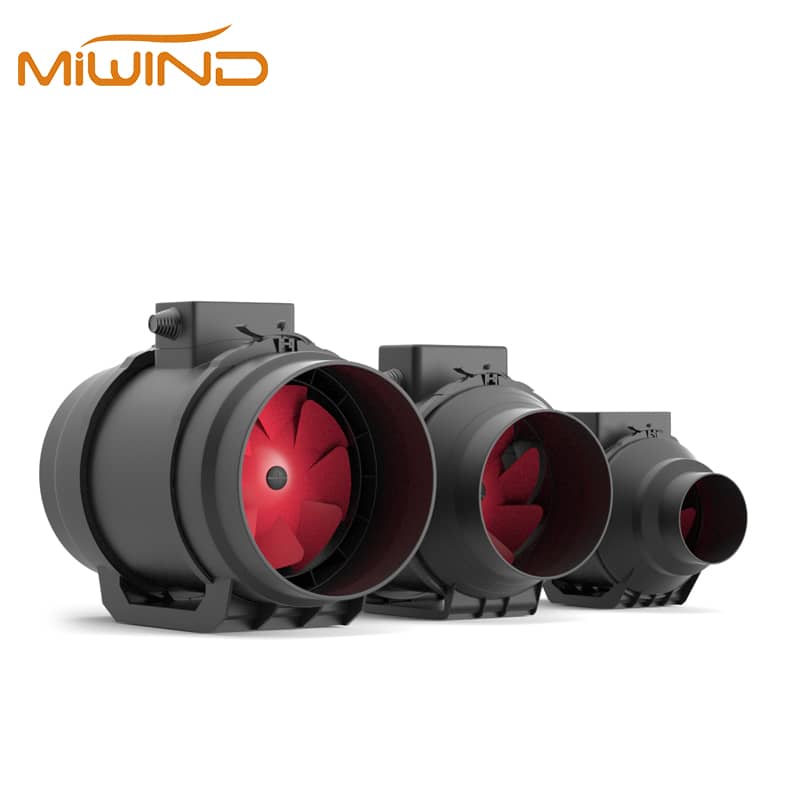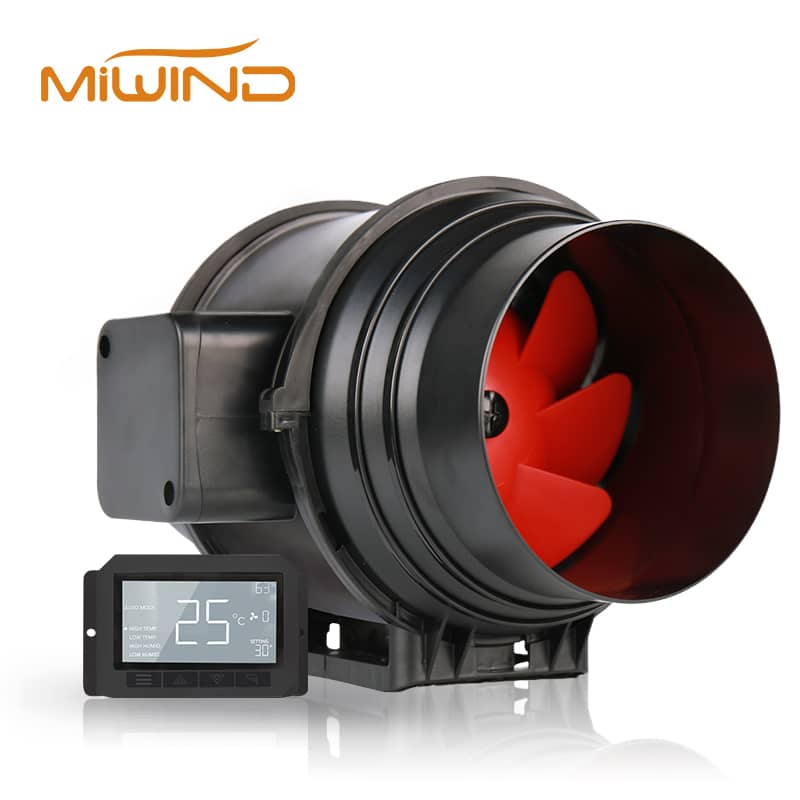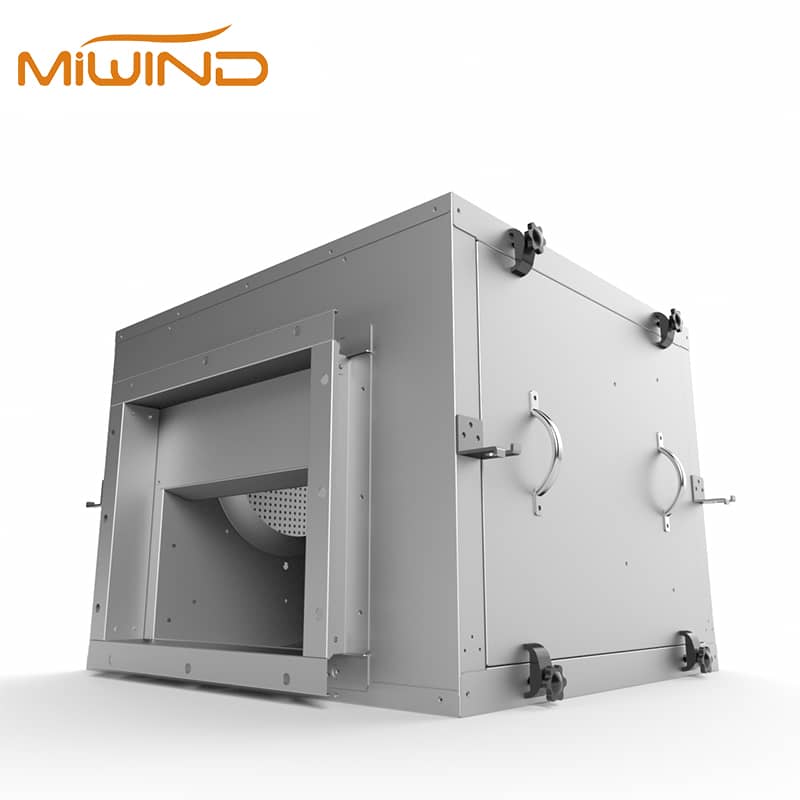
A ventilation fan—often called a vent fan or ventilating fan—plays a crucial role in maintaining indoor air quality and ensuring a healthy indoor environment. Understanding what a ventilation fan is and the main ventilation fan uses helps homeowners and facility managers choose the right system for their needs.
A ventilation fan is a mechanical device designed to move air in and out of a space. In simple terms, what is a ventilation fan? It is a system that exhausts stale air and supplies fresh air to maintain safe and comfortable conditions. The core ventilation fan function and ventilation fan purpose include reducing humidity, removing odors, and preventing the buildup of airborne pollutants.
Exhaust Fans: These fans are specifically designed to remove air from a room, effectively expelling odors, smoke, and moisture outside.
Supply Fans: These fans work by bringing fresh air into a space, ensuring that the indoor environment remains well-ventilated.
Balanced Ventilation Systems: These systems utilize both supply and exhaust fans to maintain an equal exchange of indoor and outdoor air, promoting optimal air quality.
Kitchens are one of the most common areas where ventilation fan uses are essential. Cooking generates heat, moisture, and odors, making a vent fan crucial for maintaining comfort and air quality.
Odor Removal: Cooking can produce strong smells; exhaust fans effectively vent these odors outside.
Moisture Control: Cooking generates steam that can lead to mold growth; proper ventilation helps mitigate this risk.

Bathrooms are high-humidity environments where a vent fan is necessary to control moisture. This demonstrates one of the most important ventilation fan functions—removing humidity before it settles on surfaces.
Mold Prevention: Running an exhaust fan while bathing prevents moisture from settling on surfaces, thereby reducing mold growth.
Odor Control: These fans also help eliminate unpleasant odors quickly.
In factories, warehouses, and workshops, ventilation fans or ventilating fans help remove fumes, dust, and heat generated by industrial equipment.
Pollutant Removal: Industrial processes often release harmful fumes; exhaust fans help expel these pollutants.
Temperature Regulation: Proper ventilation helps regulate temperature and humidity levels within industrial spaces.
Air quality is critical in healthcare settings where patients are vulnerable to infections.
Clean Air Circulation: Hospitals use specialized ventilation systems to ensure that patients breathe clean air free from allergens and pollutants.
Infection Control: Laminar flow systems circulate air rapidly to minimize the risk of airborne infections.
Ventilation fans in attics help regulate temperature and prevent moisture buildup.
Heat Reduction: Attic ventilation reduces heat accumulation during hot weather, which can lower cooling costs.
Moisture Control: Proper airflow prevents condensation that can lead to structural damage.

One of the core ventilation fan purposes is improving indoor air quality. Ventilation fans remove airborne particles, VOCs, and humidity that can harm occupants and building materials.
Excess moisture in the air can lead to mold growth, which poses health risks. Ventilation fans help control humidity levels, significantly reducing the likelihood of mold development.
Modern ventilation systems are designed for energy efficiency. By optimizing airflow, they can reduce the need for heating and cooling systems to work harder, ultimately lowering energy bills.
Proper ventilation contributes to overall comfort by regulating temperature and humidity levels within a space. This is particularly important in areas like kitchens and bathrooms where moisture levels can fluctuate significantly.

When installing ventilation fans, several factors should be taken into account:
Choosing the right ventilation fan size is crucial. The fan's capacity should match the volume of the space it serves to ensure adequate airflow.
The placement of ventilation fans affects their efficiency. For example, kitchen exhaust fans should be installed near cooking appliances to capture smoke and odors effectively.
Exhaust fans typically require ducting to expel air outside. Proper installation ensures that there are no leaks or blockages that could reduce performance.
To ensure optimal performance, regular maintenance is essential:
In summary, understanding what a ventilation fan is, its function, and common ventilation fan uses helps users choose the right system for any setting—whether a residential vent fan or a large commercial ventilating system. Properly selected and maintained ventilation fans ensure cleaner air, better comfort, and long-term energy efficiency.